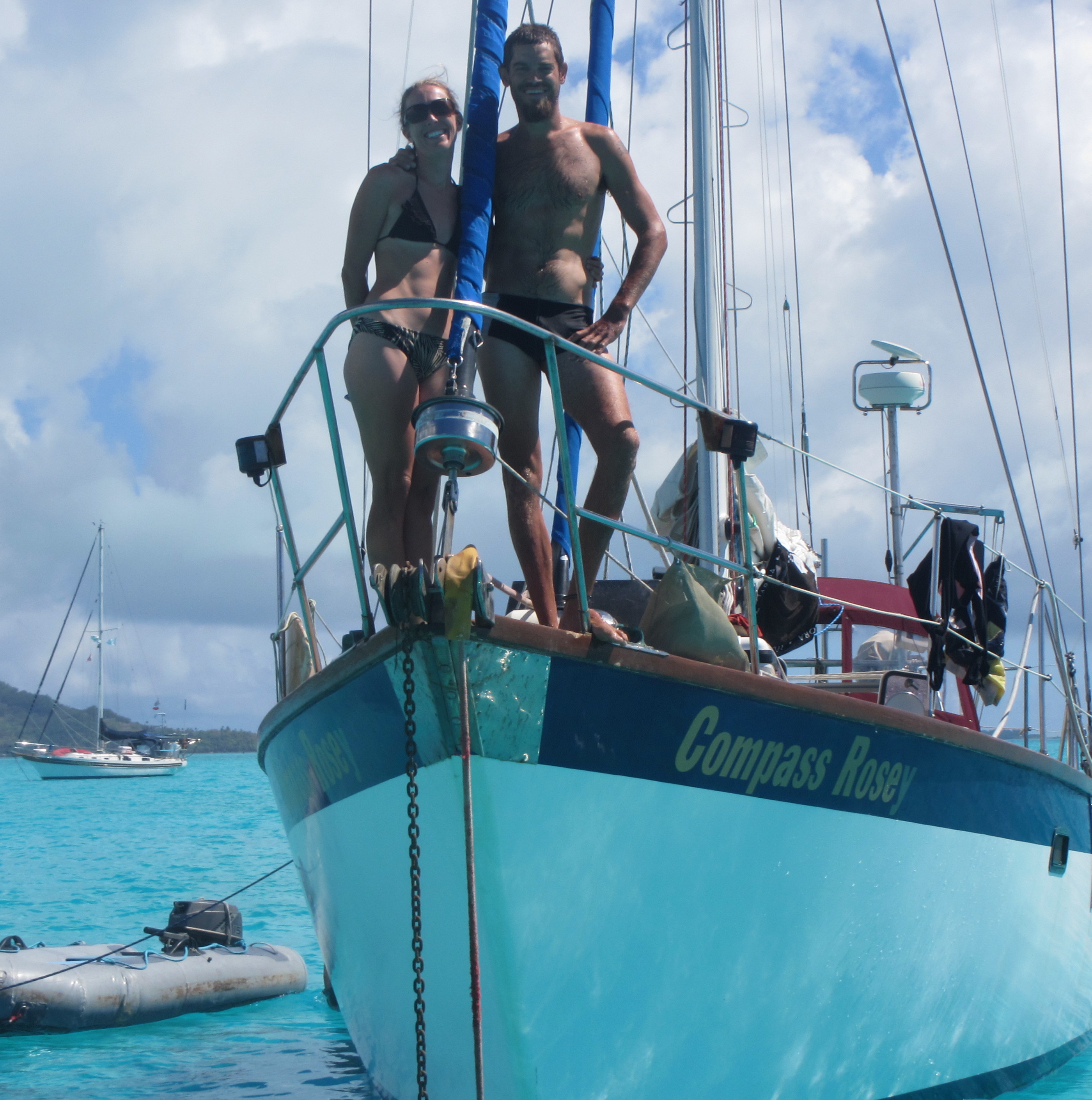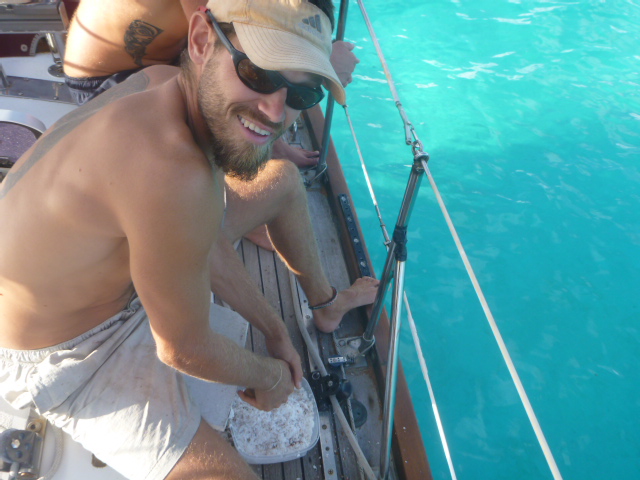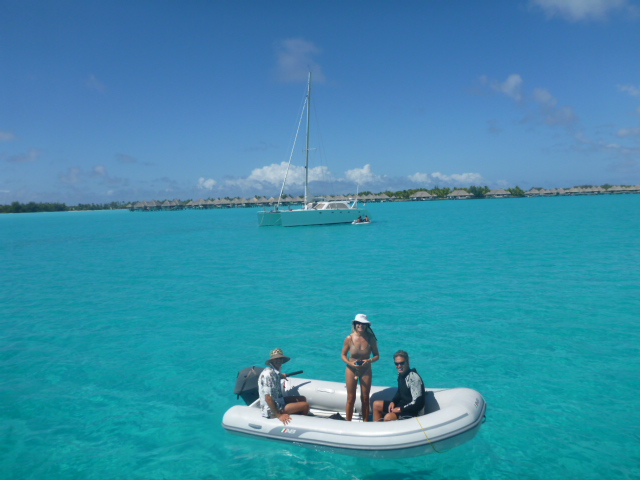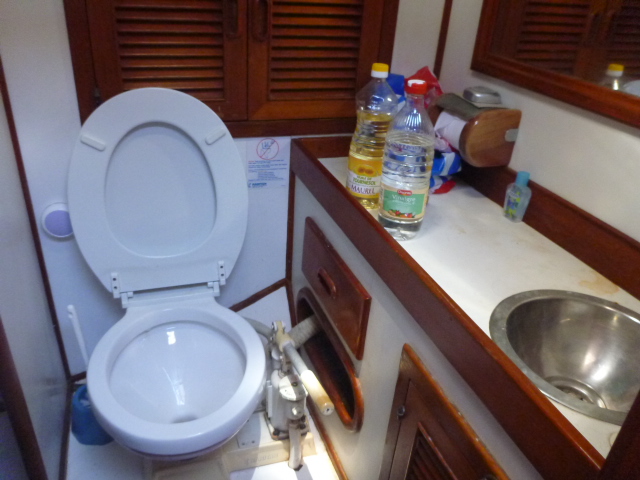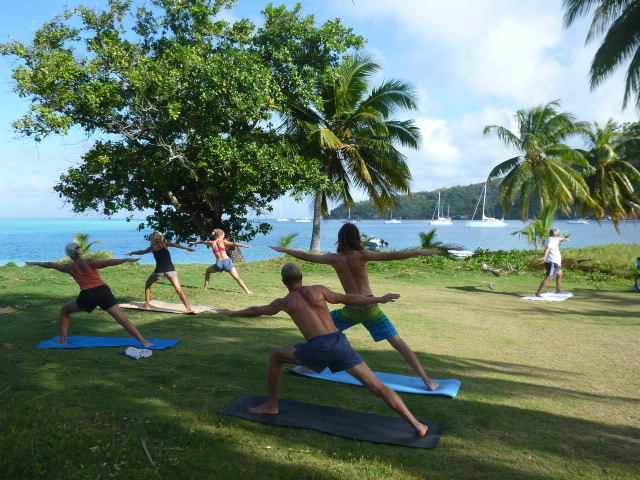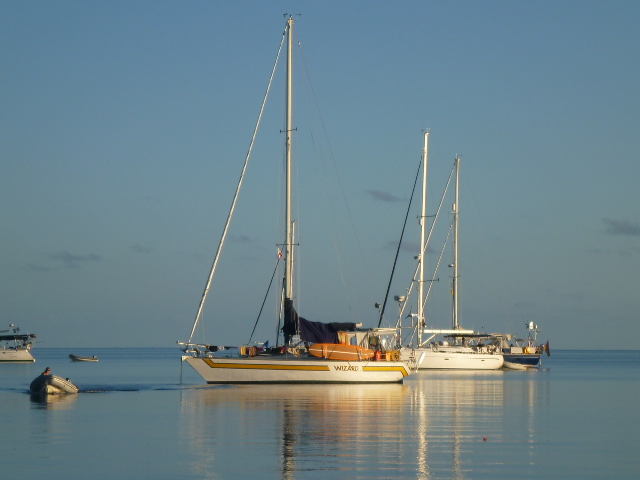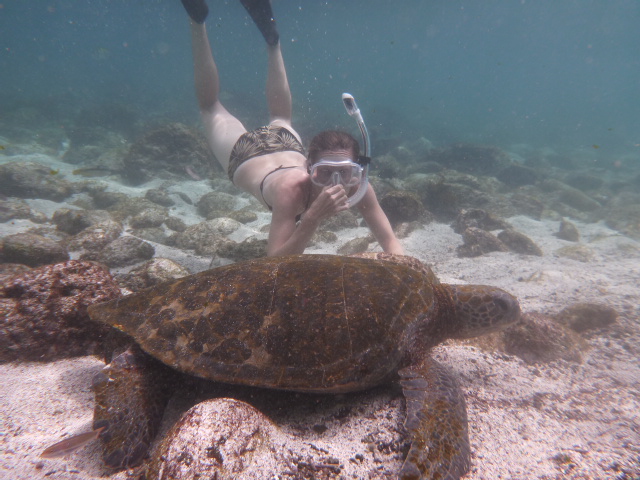What to Look for When Buying a Cruising Sailboat
Even though we’re back in the mountains of Montana for now, we are already dreaming of the next voyage … when we will take our very own boat! This post has been in the works for the past year, during our up-close research as volunteer crew aboard a variety of private yachts. We hope these specifics will help readers who are planning their own sailing adventure.
One of the best parts about crewing on and living aboard 7 boats last year (and visiting dozens more) is that we exponentially increased our knowledge about what we personally like in a sailboat. Here’s our checklist of what we will look for when we buy our own bluewater boat someday. It’s fair to say that we wouldn’t have known 90% of the specifics listed below a year ago. Nothing beats first-hand experience!
1.) Windvane or bust. A self-steering device is pivotal for long passages. Many people have auto-pilots, which basically use a motor and a compass to turn the wheel on a set course. This frees up the crew to move about the boat, eat, sleep, read, and pee. But they use electricity. A windvane steers your boat for you simply by using the wind. It’s basically a mini-sail off your stern that uses the wind to push your rudder. Just trim the mini-sail (called a paddle) to adjust course, and voila: days of no-power and no-hands-needed steering. I wouldn’t leave shore without a windvane and an auto-pilot, because hand-steering is boring and exhausting.
2.) Less is more. We’ve watched captains fix problem after problem on boats — it’s the nature of owning one. But the less do-dads and gadgets you have aboard, the less you have to fix. We don’t want electric toilet flushers — we’ll just hand pump. Pressurized water pipes leak and burst — give us a foot pump for the sink, please. Electric winches seem like cheating, as do bow thrusters. No chartplotter for us — iPhone or iPad and Navionics are much less temperamental. The list of gadgets goes on, but you get the drift.
3.) Screw the canoe stern. “Double-enders,” as they’re known, are good for bluewater cruising because they track down waves quite well. The pointy back end surfs better than wide loads, which means there’s less chance of taking a wave in the cockpit. Unfortunately, they feel just like a really heavy canoe: tippy, rocky, butt-clenchingly slippery. In fact, we often pitched so hard to starboard that my pen flew into the sea while I was writing on watch. Give me a fat stern any day, along with the big cockpit they provide. Since we don’t plan on sailing below 25 degrees N or S where the big waves live, I’ll take my chances.
4.) The more passive energy production, the better. Just like houses and offices, boats need electrical juice. How much you need depends on the amount of gadgets (see #2). Even minimalists like Rob and me need running lights and an anchor light, reading lights, computer charging, and music for sanity. Yet we both abhor the sound of the generator or diesel engine, which is what you have to do for at least an hour each day to charge your boat’s batteries — unless you have alternative sources of energy. We’d prefer a wind generator on the stern and solar panels on the top of the dodger. That way, you can make plenty of energy when its cloudy and windy or when its calm and sunny.
5.) Baking makes Bri happy. An oven is essential in a boat galley for us. Cookies, fresh bread, pizza and cakes: need I say more?
6.) She better point into the wind. Most bluewater sailboats are heavy, slow and stable. That’s good, for safety reasons. And it typically makes them good down-wind sailboats. Sadly, that often means they can’t sail close to the wind. This is a major problem if the place you want to go is anywhere in the general direction the wind is coming from — which happens quite often. We don’t need a racing boat, but would hope to find something that can move well and efficiently in a wide range of conditions. Plus, the faster the sailboat moves, the less pitching and rolling you feel, which is REALLY helpful for avoiding seasickness and cranky crew.
7.) Short but tall. Again, less is more in the size of the sailboat — especially if you’re trying to keep costs down. Every foot you add to a sailboat exponentially increases the cost of upkeep and repairs. Hell, I used to think a 30-foot boat would be perfect, but have since realized that Rob and I would probably kill each other in anything less than 35 feet. For us, 40 feet is a perfect length, especially if the beam (width) is over 10 feet. We also need to make sure a boat has plenty of headroom below decks, since Rob is 6’3″, and is already pocked with scars on his scalp from too-short cabins.
8.) Take advantage of some modern electronics. As mentioned in #2 and #4, we’d go light on the do-dads. But there are a few amazing inventions we would sure love to have aboard, namely an SSB radio and a Pactor modem. These would allow us to get weather updates, check in with nearby cruisers while on passages, and keep in touch with friends and family back home. If used moderately, they don’t drain the batteries much.
9.) Roller furler, for shizzle. Running up to the bow to pull down a giant headsail in 30-knot winds and 15-foot seas just plain sucks. Furlers let you easily and safely trim the genoa to the correct size and shape for the at hand.
10.) Playing with our dinghy is paramount. A sailboat without a solid dinghy is like an island without a beach: you can’t access the coolest stuff. We’re out here to explore, and that often happens from a dinghy, since sailboats are too deep to explore shallow waters. We often take 2+ mile runs in a dinghy to access dive and fishing spots, a distant shore, or even other sailboats anchored far away from us. Rob has said over and over again (only half serious) that we might well put more money into a good dinghy with a dependable 15+ horsepower 2-stroke outboard motor than the actual sailboat.
And there you have it. A work in progress, for sure, but a solid starting point to shop for our own version of the perfect cruising sailboat.

